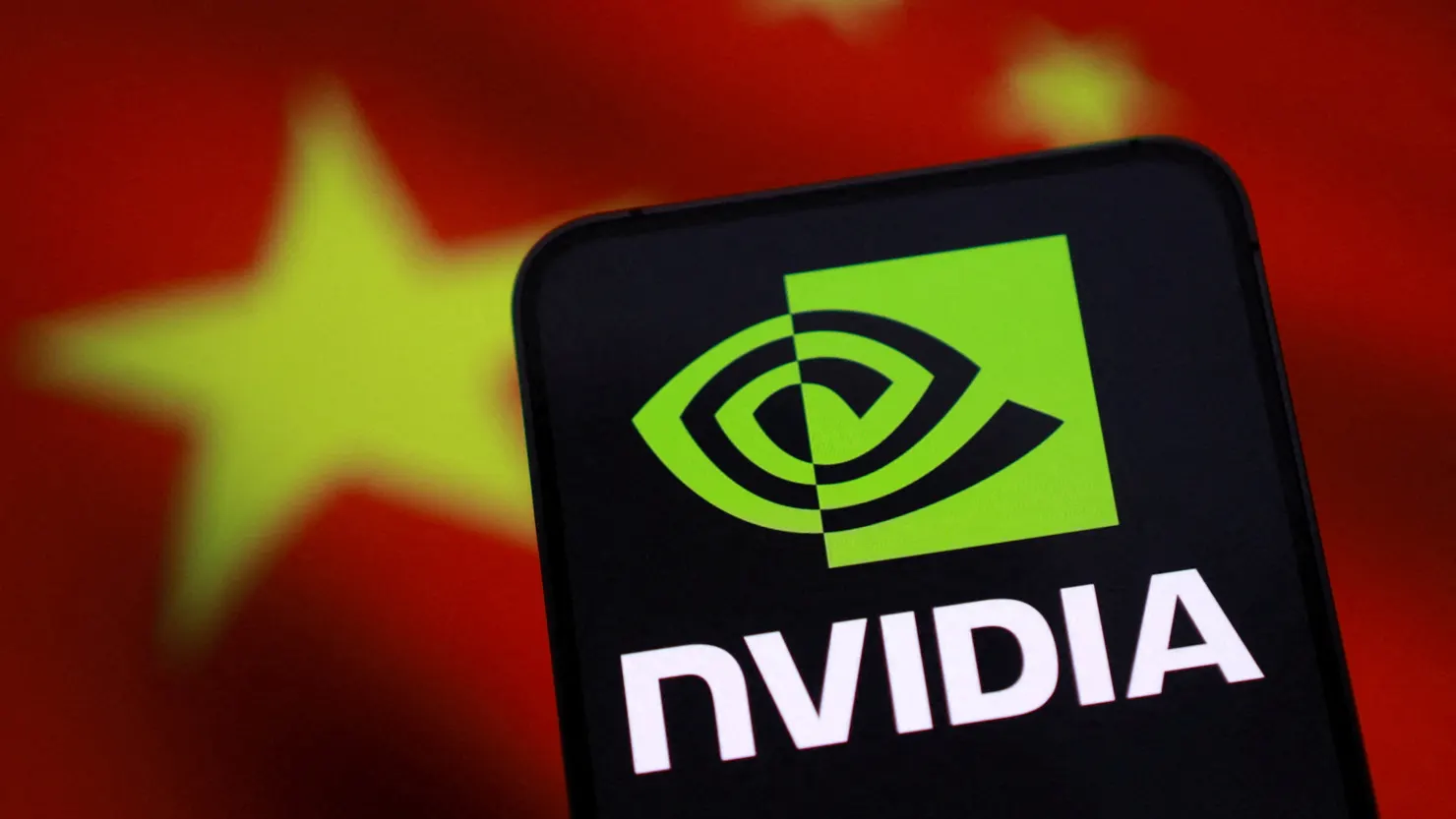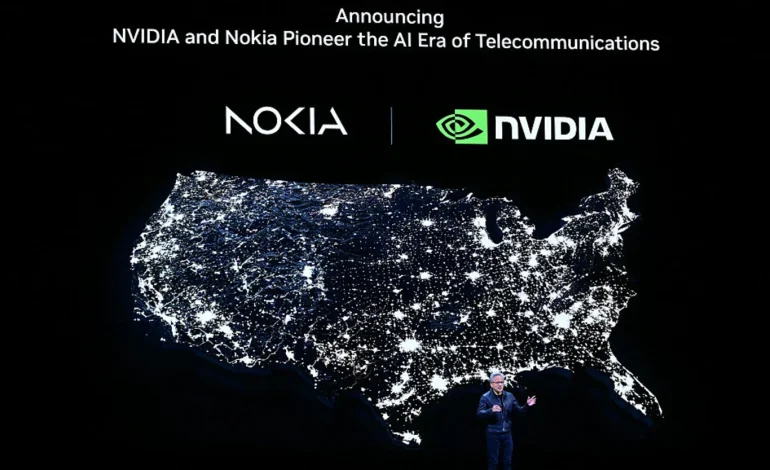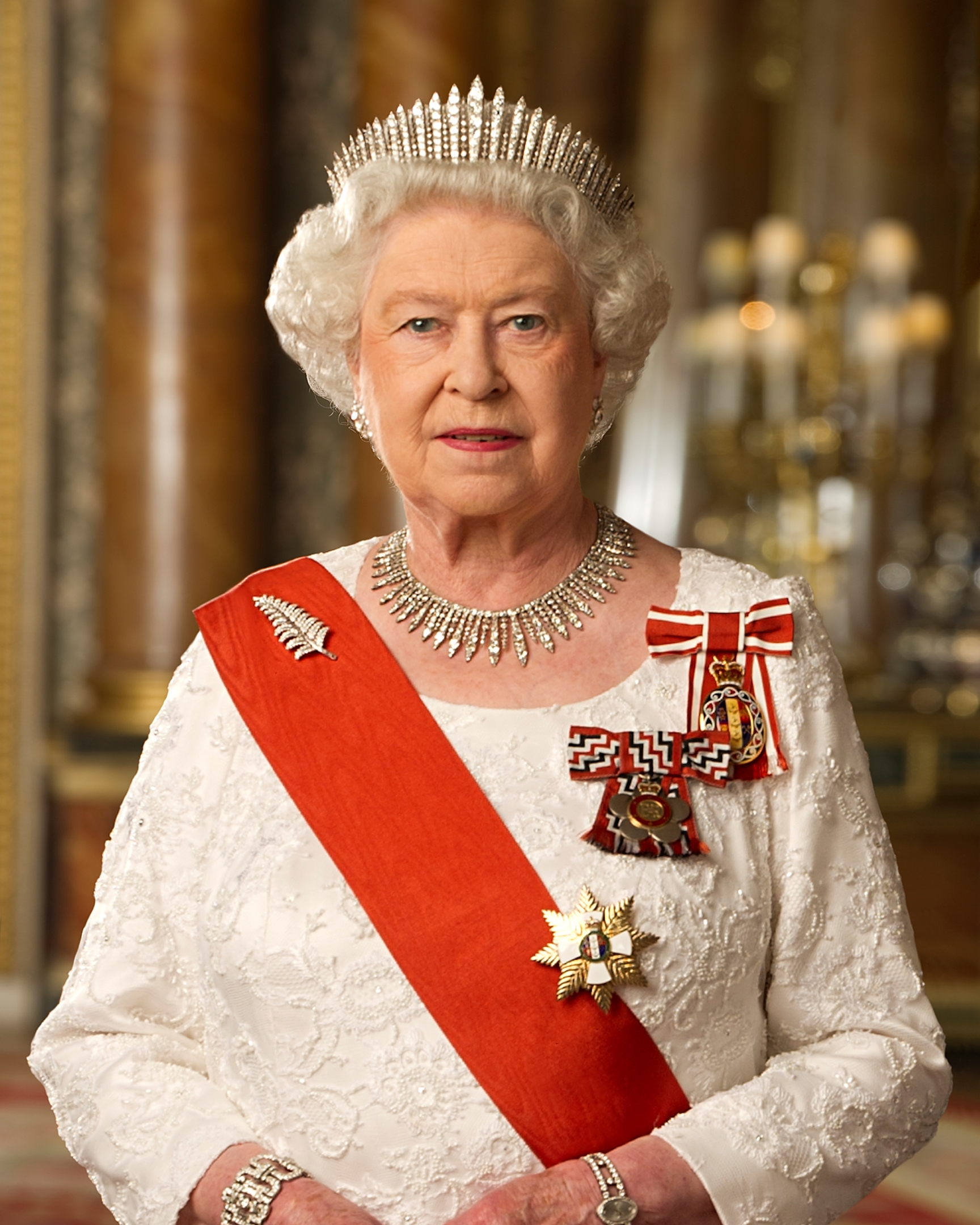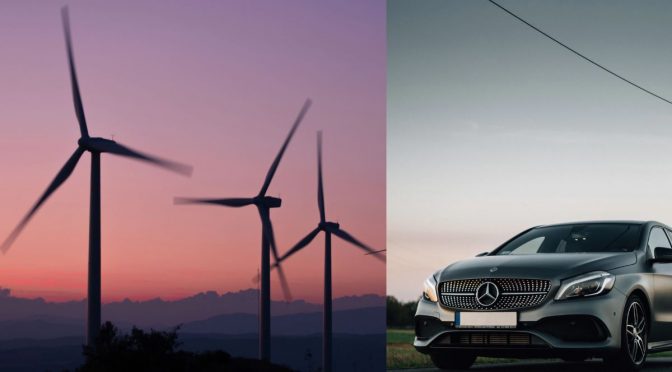Reuters, CNBC, and the Financial Times contributed to this report.
Nokia hasn’t had a day like this in years. The Finnish networking veteran rocketed nearly 21% after revealing that Nvidia will buy a $1 billion stake — about 2.9% of the company — in a deal aimed squarely at the AI build-out inside data centers and, eventually, the next generation of wireless networks.
The tie-up is both simple and sweeping. Nokia will issue 166,389,351 new shares to Nvidia at $6.01 apiece, and the two will work together on AI-driven networking, including exploring how Nokia’s data-center communications gear can slot into Nvidia’s future AI infrastructure. In plain English: Nvidia, which all but owns the market for data-center AI chips, gets a strategic partner to help wire the world’s GPU farms; Nokia gets a powerful route back into the hottest part of tech.
There’s a mobile angle, too — and it’s loud. Nokia and Nvidia are partnering with T-Mobile US to trial “AI radio” technologies starting next year, with an eye toward 5G upgrades that ultimately lay the foundation for 6G. Nvidia boss Jensen Huang pitched the move as making the United States the center of the next wireless revolution, thanking Nokia’s new CEO, Justin Hotard, for helping bring telecom hardware back onto American compute stacks. Hotard, who joined in April after running Intel’s data-center and AI group, said the new kit should start showing up in commercial deployments in 2027, first in 5G and then 6G.
For Nokia, the endorsement lands at exactly the right moment. Long past its glory days as a phone maker, the company has remade itself as a supplier of 5G equipment and switching gear. Hotard has pushed harder into data centers — where capex is expected to top $1.7 trillion by 2030 — because that’s where AI spending is exploding. Nvidia’s vote of confidence instantly makes the chip giant one of Nokia’s largest shareholders and signals to operators and cloud builders that the Finns are going to be a core part of the AI plumbing. Analysts called the deal a strong validation of Nokia’s capabilities and a catalyst for “AI-RAN,” the idea that AI will make radio networks faster, more efficient and easier to manage. Nvidia pegs that market at hundreds of billions of dollars by the end of the decade.
None of this is exclusive. Nokia still uses Marvell chips across parts of its portfolio and dukes it out with Sweden’s Ericsson on data-center connectivity and backhaul. But coupling its 5G and 6G software to run on Nvidia’s accelerated compute — and getting considered for Nvidia’s own future AI infrastructure plans — puts Nokia in the same sentence as the most valuable company in tech. That sentence mattered to investors: the shares ripped to their highest level since early 2016.
Huang’s pitch was as much politics as product. Telecom, he said, is industrial lifeblood, and too much of it now rides on foreign hardware. By porting radio intelligence and network control onto Nvidia’s American-designed accelerated stack, the companies are promising a path to domestic, AI-first wireless. Hotard, for his part, sounded eager to match Nvidia’s breakneck tempo: the two had been talking since last year, he said, but the pace picked up fast.
Skeptics will note that real revenue is still a couple of years out and that Nvidia’s GPUs don’t come cheap. But with the chipmaker enjoying a near-monopoly in AI data-center silicon and the cloud titans throwing staggering sums at compute, being in Nvidia’s slipstream is exactly where Nokia wants to be. On Tuesday, the market agreed.









The latest news in your social feeds
Subscribe to our social media platforms to stay tuned